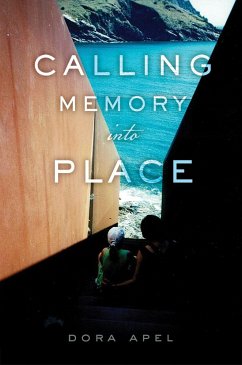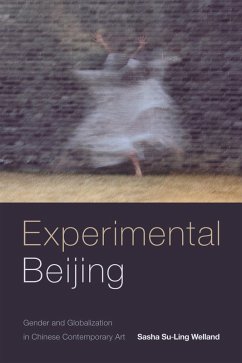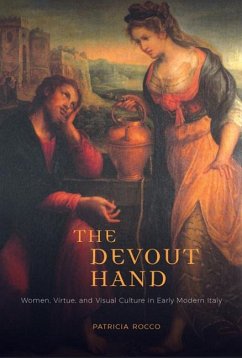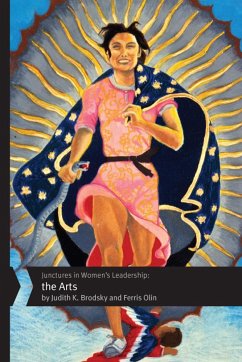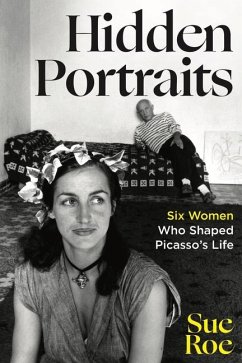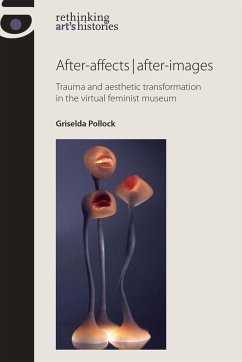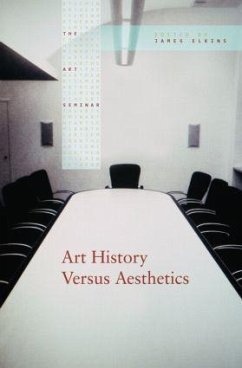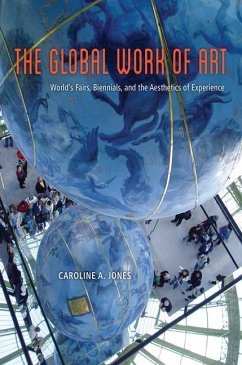
Live Form
Women, Ceramics, and Community

PAYBACK Punkte
24 °P sammeln!
There has been a recent move in art history to reconsider craft practices in light of their relationships to the twentieth-century artistic avant-garde. This book focuses on (1) how ceramics culture evolved in the US when Bauhaus artists and designers emigrated from Europe during the run-up to WWII and (2) the understudied role of women artists in establishing ceramics as a sophisticated medium in the post-War years. No surprise: Black Mountain College is at the heart of much of it. Throughout, Sorkin s concern is how ceramics came to influence what is today called process art and performance ...
There has been a recent move in art history to reconsider craft practices in light of their relationships to the twentieth-century artistic avant-garde. This book focuses on (1) how ceramics culture evolved in the US when Bauhaus artists and designers emigrated from Europe during the run-up to WWII and (2) the understudied role of women artists in establishing ceramics as a sophisticated medium in the post-War years. No surprise: Black Mountain College is at the heart of much of it. Throughout, Sorkin s concern is how ceramics came to influence what is today called process art and performance (for example, Martha Rosler s video Semiotics of the Kitchen, 1975). In both, the act of making or producing dominates as art over any resulting object. The book centers on three case studies of women who advanced ceramics as an artistic medium in this country: Marguerite Wildenhain, a Bauhaus artist who taught briefly at Black Mountain before starting an important pottery in California called Pond Farm and writing several influential books; M.C. Richards, who taught English at the University of Chicago and then literature and ceramics at Black Mountain College and who collaborated with Robert Rauschenberg, Merce Cunningham, and their coterie; and Susan Peterson, famous for teaching a ceramics class on TV in the 1960s, but who also taught in New York and then at Chinouard where she established their distinguished ceramics program and trained artists John Mason and Ken Price. Mason and Price went on to work almost exclusively in ceramics, but they used the material to make sculpture rather than functional pottery"




